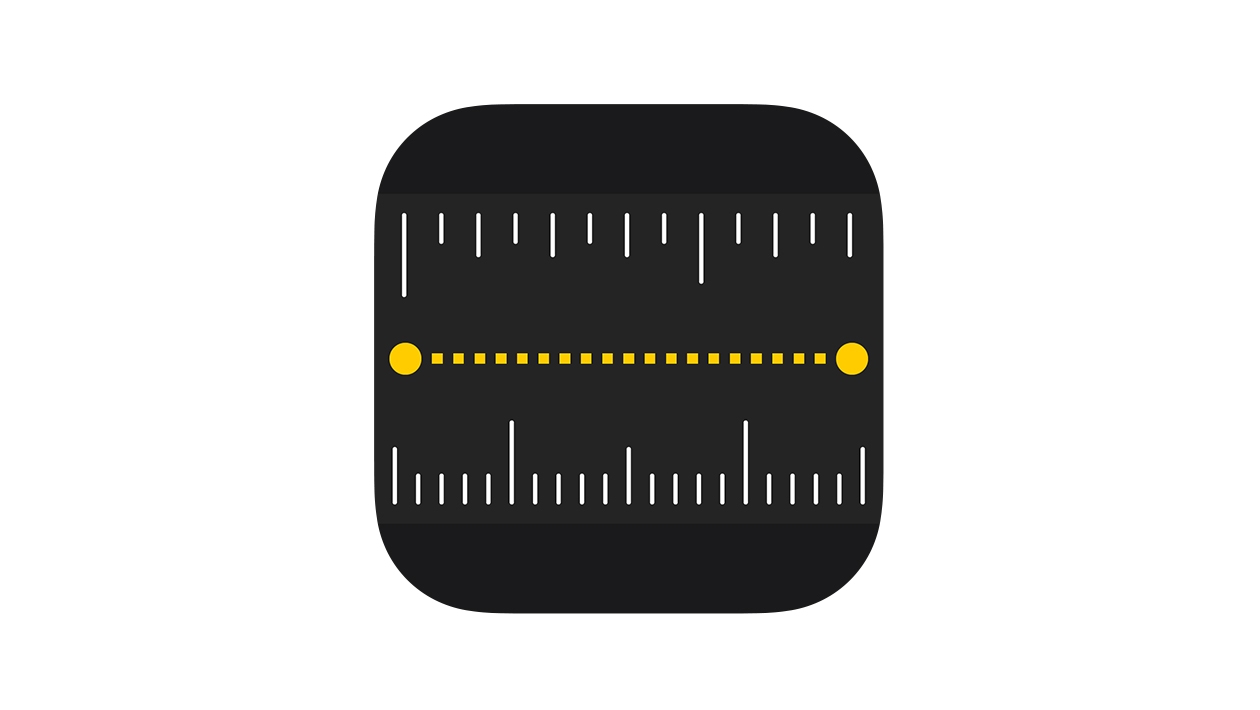This activity is for either high school Math or Science (I'm my case, Physics) teachers who are focusing on the following topics:
- graphing
- determining mathematical relationships between variables
- interpreting equations that describe best-fit trend lines in graphs
- linearization of variables which produce curved graphs
Part 1 - Graphing and determining relationships between circle properties
I use this activity at the beginning of my Physics course to get students familiar with graphing X-Y scatter plots. In this case, we will use the Numbers app on iPad. In this activity I do not explain the basics of setting up graphs in Numbers; that is a topic for another activity.Instead, the data tables and graphs are already constructed. It is the job of the students to take experimental measurements of properties of circles, enter them into the data tables, and then interpret the graphs that are automatically generated.
In this activity, students experimentally measure the radius, circumference, and area of various circular objects. When they enter them into the data tables, graphs are automatically generated:
Circumference vs. Radius
Area vs. Radius
The graphs automatically produce trend lines and accompanying equations. The equations that are produced should confirm that
C = 2π*R (linear relationship)
A = π*R^2 (square relationship)
For various circular objects, it is important to emphasize that students DO NOT calculate circumference and area data from known radius values. Such calculations (like the equations above) are what we are trying experimentally prove, so they should not be used in the experiment. Rather, radius, circumference, and area data can be obtained in the following ways:\
radius - Trace circle on graph paper (if using the metric system, I recommend square centimeter graph paper). Students use either a ruler or the centimeter gridlines to measure the diameter of each circle, and then divide by two in order to get radius. I find this is more accurate than having them try to estimate where the exact center of a circle is.
circumference - Take a string and wrap it around the circular object. Make a mark on the string where it makes one full circumference, and then straighten out the string and measure the length (circumference) against a straight meter stick. You can also use printed paper centimeter rulers, which are flexible and serve the same function as string.
area - Go back to the circle traced on the graph paper. have students count the number of full centimeter squares that are bounded by each circle. Obviously, this will result in some experimental error, since students are not counting the "partial" squares created by the circle. So you can allow the students to decide how they want to add up all those partial squares: only count the ones that are greater than 50% full, or so forth. Either way, the students should have a value for the area of each circle, measured in square centimeters.
The video link to my description of Part 1 can be found here:
Part 2 - Linearizing Graphs of Nonlinear Relationships
Humans tend to best understand linear/direct/proportional relationships. However, not all relationships between variables are proportional. For example, radius and area have an exponential relationship. So on an Area v. Radius graph, the graph will be curved, because as radius increases, area increases exponentially.
But we can still represent area and radius in a linear fashion. In this part, I show how looking at the equation produced by the Area v. Radius graph can inform us on what we need to modify in order to get a linear graph. In this case, if we plot Area vs. [Radius Squared], we will get a linearized graph, with a slope of pi. This shows that, while there is not a linear relationship between Area and Radius, there is a linear relationship between Area and Radius squared. Representing data in more understandable fashion is an important step in communicating science and math observations with others.
The video link to Part 2 can be found here:









Attach up to 5 files which will be available for other members to download.